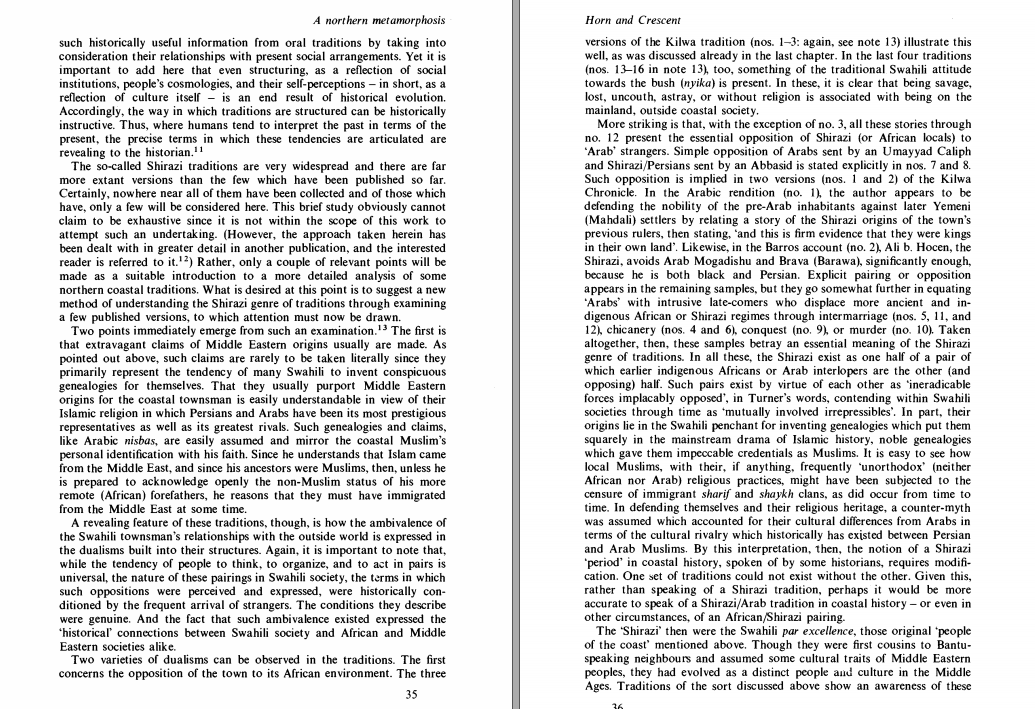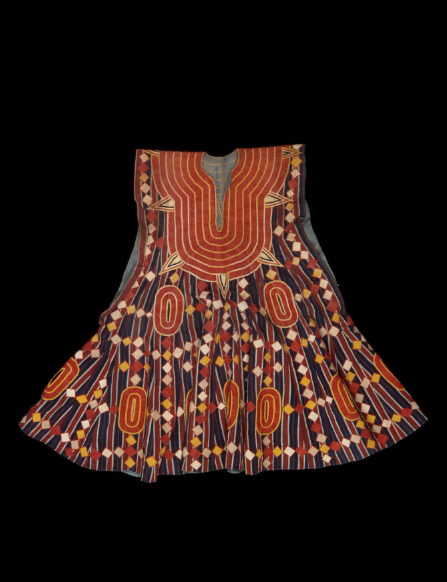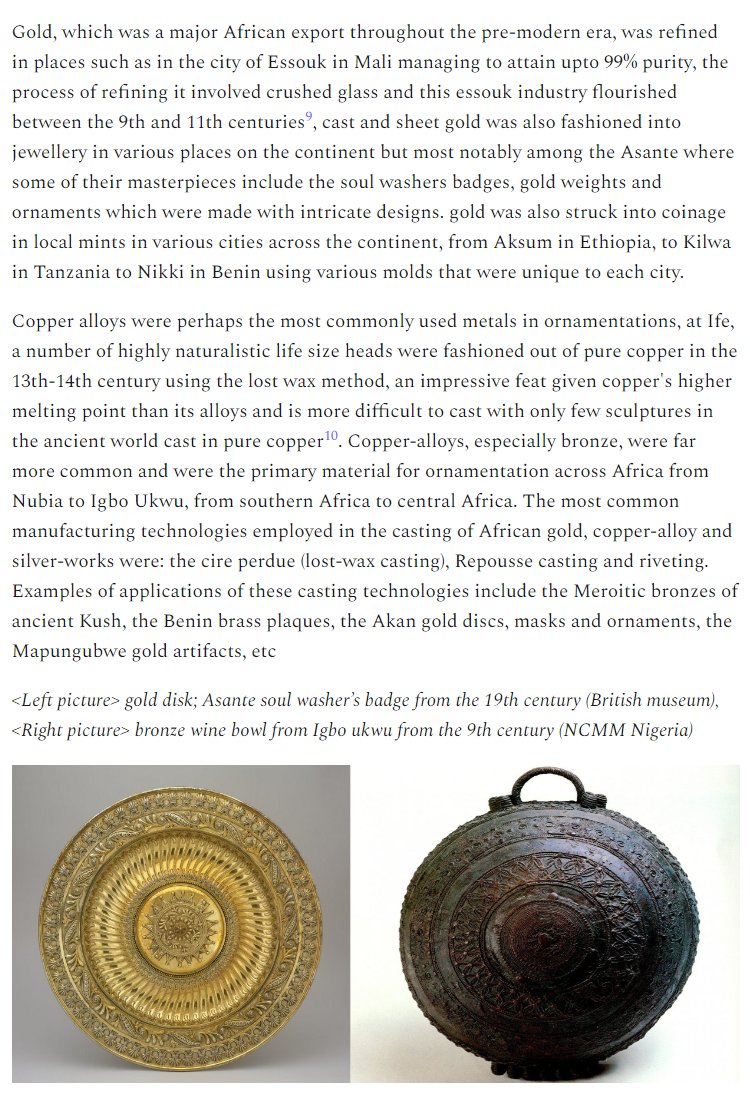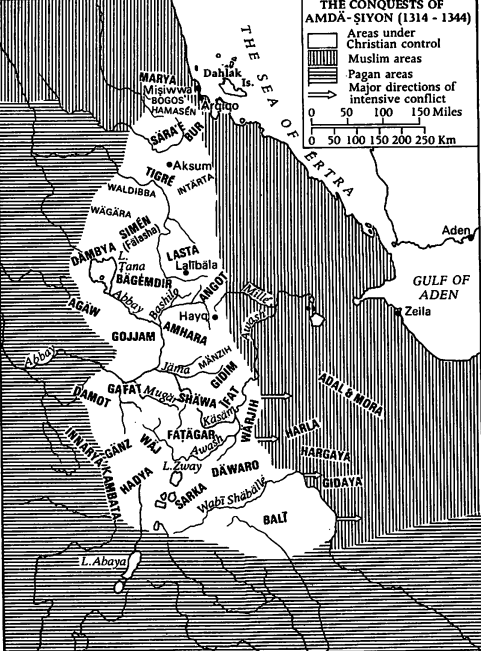
the case of the Swahili's self identification as washirazi (which itself was mostly in opposition to Omani era arabisation) is subject to all kinds of controversy, but it wasn't meant to be taken literary, its more about (Islamic) genealogy than "ethnic reality"
Pouwels:



Pouwels:
https://twitter.com/alykhansatchu/status/1463081136238870531




so when Skip Gates sarcastically quipped about the Swahili "washirazis" that he found in Zanzibar looking "about as Persian as Mike Tyson"
he was speaking from the western understanding of race & genealogy, but African understanding of genealogy is as heterodox as its complex
he was speaking from the western understanding of race & genealogy, but African understanding of genealogy is as heterodox as its complex
written in 1986 👇🏾 (before Horton's groundbreaking discoveries at shanga) but its conclusions have stood the test of time
taken from pgs 32-35
Horn and Crescent: Cultural Change and Traditional Islam on the East African Coast, 800-1900
Randall L. Pouwels
books.google.co.ug/books/about/Ho…
taken from pgs 32-35
Horn and Crescent: Cultural Change and Traditional Islam on the East African Coast, 800-1900
Randall L. Pouwels
books.google.co.ug/books/about/Ho…
more intriguingly, should b why the people of the capital of a powerful trans-oceanic Arab state would refer to themselves as Persian instead of Arab
its simple: it was in opposition to the Omanis, but done without jeopardizing their "Muslim credentials"
its simple: it was in opposition to the Omanis, but done without jeopardizing their "Muslim credentials"
https://twitter.com/rhaplord/status/1433054006708932626?s=20
• • •
Missing some Tweet in this thread? You can try to
force a refresh




















